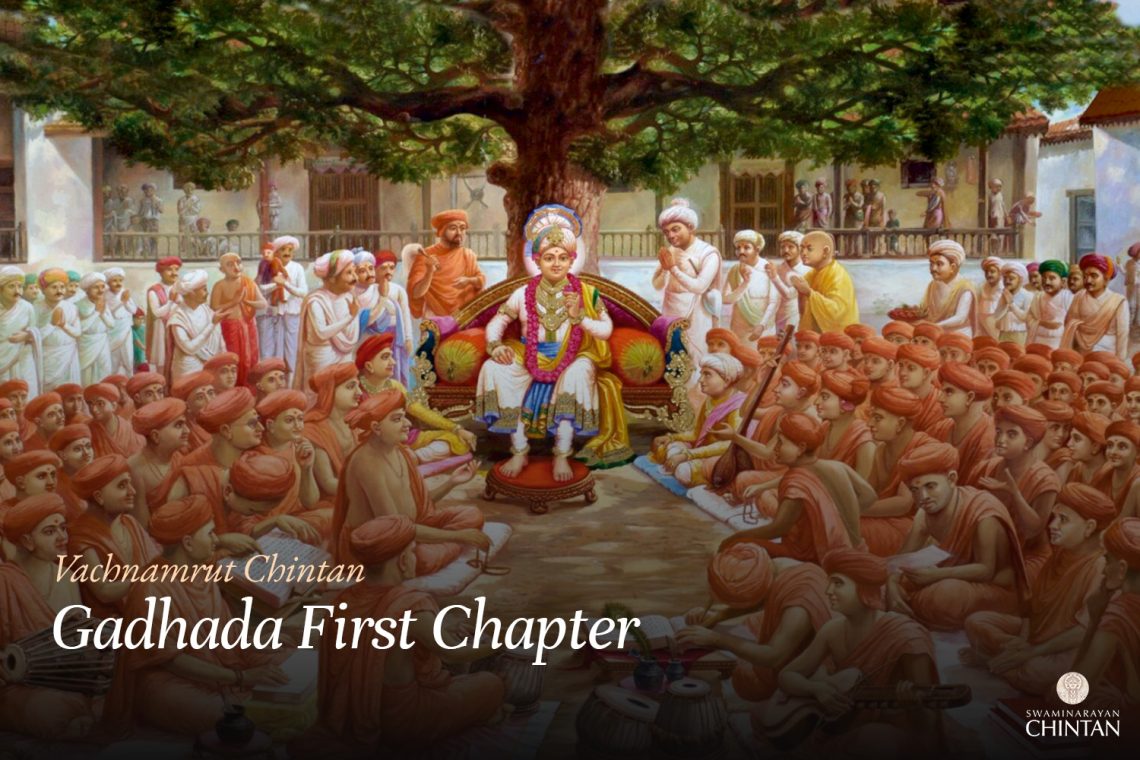Central Insights:
- Discussion on the physical and spiritual Akash (Space)
Key Points:
- Physical Akash and Chidakash (spiritual Akash) are different.
Explanation
In this Vachanamrut, the question arises: Why does Akash undergo dissolution? To clarify this, it is stated that Akash has two forms:
- Physical Akash: This form of Akash undergoes creation and dissolution. Shreeji Maharaj explains this in the Vachanamrut. The dissolution of physical Akash is discussed here.
- Chidakash (Spiritual Akash): This form of Akash is eternal and does not undergo creation or dissolution. It is referred to in scriptures with terms like Nityavibhuti–Dham– Chidakash. This Akash does not have a beginning or end.
Shreeji Maharaj emphasizestheclarity inunderstandingthat while physical Akash undergoes creation and dissolution, Chidakash, the spiritual Akash, is eternal and does not experience such changes. This distinction is essential for a proper understanding of these two aspects of Akash.
Glossary
| Akash – Sky or Space Used in both physical and spiritual contexts; undergoes creation and dissolution. |
| Chidakash – Spiritual Space Eternal, formless space associated with divinity; never undergoes creation or dissolution. |
| Nityavibhuti – Eternal Realm A term used to describe the eternal, divine space that includes Chidakash. |
| Dham – Abode Refers to the divine and eternal dwelling of God, synonymous with Chidakash. |

